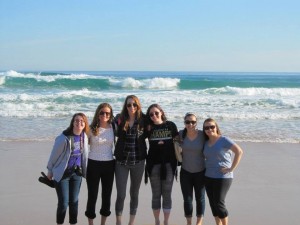I Learned….
When I returned from Australia, after spending a month studying in Melbourne and a week romping around Cairns and Sydney, I found it difficult to answer simple questions asked by family and friends. You see, talking about all the “vacation-like” aspects of the trip was easy. Seeing all the beautiful national parks, driving down Great Ocean Road, and scuba diving in the Great Barrier Reef were all fluffy things that are easy to talk about. However, when asked about my time in Melbourne, I struggled just a bit. It was actually quite difficult because, even though we had a similar pattern each day of visiting agencies, interacting with staff, and interrogating them with our mounds of questions, each visit gave me new things to think about. Despite studying under the umbrella of social work, there was so much variety in each visit, and I ended every day with my head full of copious amounts of information.
Overall, I was able to connect each visit to the soul factor of public health care. Australia has so much to offer in regards to public health. Because they have a free public health care system, the Australian citizens have greater opportunity for primary or preventative health care, as opposed to secondary or tertiary care. This means they have greater access to stopping the problem before it becomes a dire situation. I found this most astonishing and helpful as it refers to mental health. It seemed as we went to all of our agencies, they had a huge focus on making sure their “clients” had access to those free public mental health services. Whether it be family therapies, grief and bereavement, or even therapeutic playgroups, mental health care was overwhelmingly recognized across the board. This was exciting to see because, not only can I personally relate to this through experiences with my family but also, I can relate in a professional setting with the children I work with and their families.
Diversity…
This focus on mental health is especially helpful for Australia’s large diverse demographic. Similar to the United States, Australia has a dark past with the first peoples on their land. Aboriginal families were torn apart when first settlers came in and colonized the area. This, like many other discriminated minority groups, created a cycle of drug abuse and mental health issues through generations. Hence, the importance of free public health services for these groups. It can be incredibly difficult for discriminated groups, like the Aboriginal people, to find time, money, and resources to fix ongoing cycles like these. Almost all of the agencies, minus one, had specific services for Aboriginal children and families. And all agencies had free services relating to mental health.
The one agency that did not have specific services for Aboriginal families, had specific services for immigrants instead. Immigrants, for the majority, represent Australia’s population because, similar to America, it was also colonized. Culture identity, whether a person is new to Australia or from later generations of immigration, is a huge part of creating a healthy self-image and a strong community. Because of the free social services, Australian agencies are able to provide support for these families and communities, which again includes mental health. I don’t think these agencies could of stressed enough the importance of mental health services. I personally thought this was something our culture could investigate and maybe even learn from.
As It Relates to My Profession…
Before I began this month long adventure in Melbourne with Ohio States Social Work department, I had very little experience with social workers. From my past experiences in public schools, I had only ever experienced social work through child protective services. Therefore, I had a very narrow idea of not only what social workers did but also, what their ultimate goals were in this field. To be honest, I came to this trip to learn more about social work so that I could “work the system” and be an advocate for my students. I had no idea that the few situations that I saw were rare and stereotypical.
By visiting all the amazing agencies and sharing experiences through open dialogue with my peers, I have come to gather that social workers are actually not meant to be “kidnappers”. The ultimate goal, in the realm of child protective services, is to make sure that the child is in a safe environment and to give services to help either keep the child with their biological family or reunite them as soon as possible.
Over all, the places we visited had a lot of resources for the parents who can be struggling from a range of things. When seeing this over and over again at each agency, it clicked for me. I have always been a child first advocate because I work with them daily, and I see the effects of a poor home environment. However, it never occurred to me that in order to fix the home environment, the family needs supports and services as a whole. Though now that seems so obvious, it is difficult to step back and see parents as victims of things involving mental health, drug abuse, etc. when you are working with their effected children.
I have learned now to use an objective lens when looking at fragile social situations. I think this can be further applied when I have a student in need of protective services. As their teacher I can work with the parents, foster caregivers, etc. with a more open heart and mind.
Final Summary…
With these agency visits, I was able to learn so much about the social service system as it pertains to children and young people. This is a system that works on keeping children and young people mentally well. It helps keep environments safe and beneficial to the child along side striving to keep families together. This system uses a wide range of services like; therapies, trauma prevention, foster care, phone apps, playgroups, financial aid, crisis aid, etc. to help families get through hard times and make it out on the other end with healthy meaningful relationships. The system, like many others, is ever changing and always growing. As more and more research is established, the field will only continue to do this.
Overall I found myself growing as a knowledgeable professional from this trip. I have grown in my skills of networking and creating relationships with companies/agencies. I have created an investigator out of myself, and I am now always questioning the system, even when I agree with it. I am now more able and confident to reach out to services in the United States and find agencies that will benefit those in need. But most of all, I have learned the importance of preventative mental health services especially when it pertains child welfare.
I hope that with this knowledge I will be able to communicate the importance of social workers and services to families I work with. In my profession, I hope to take everything I learned here and further research it as it relates to children’s education. It is so important when working with children with disabilities to be involved in their whole life. With the skills learned on this trip, I feel I will be able to create better relationships with parents and caregivers. I will be more aware of situations and be able to further investigate the origin of a disability or disorder, which will in turn help my work immensely.
This trip has changed me as a person and a professional. I think the reason it is so difficult to talk about my time in Melbourne is because there are just not enough words to express the how much I changed within the span of 28 days. I am incredibly grateful for my time spent in Australia and I am already making plans for my return.
-Kathryn
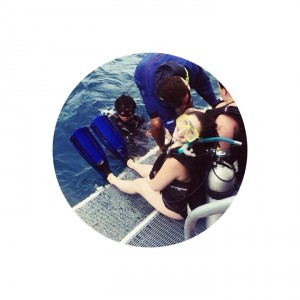
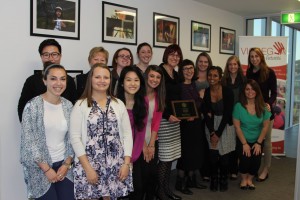 ith a lack of U.S education and money, they have obtained a life for each other, my siblings and I, and their direct family. After watching the film at VICSEG, these were the thoughts and memories I had floating through my mind. Those thoughts broke through in the form of tears I couldn’t hold back any longer. Saying I could relate to the families in the film is a very far stretch because my parents (from what I know of) and my siblings and I have never had it that hard. Nothing in the realm of it. But luxuries, vacations, being job free as a teenager weren’t in the cards for my family. Every day is work. And when you’re your own boss, in the case for my parents, work is from sunrise to sunset. That effort is something I never take for granted and is what I’m grateful for having instilled in me growing up. I look at my experience and don’t take anything for granted and capitalize on every opportunity. That is what I find refugees and all immigrants can relate to. Life being hard and knocking you down but getting back up and working even harder for even just a glimpse at a better life. The services VICSEG implements to support these people and their children is extraordinary, especially with how diverse Australia is. Transitioning to what feels like a whole new world is unimaginably difficult, and having even one person let alone an entire social service agency dedicated to helping you along on your new journey is remarkable. And for that alone, I appreciate and respect what VICSEG does for the state of Victoria.
ith a lack of U.S education and money, they have obtained a life for each other, my siblings and I, and their direct family. After watching the film at VICSEG, these were the thoughts and memories I had floating through my mind. Those thoughts broke through in the form of tears I couldn’t hold back any longer. Saying I could relate to the families in the film is a very far stretch because my parents (from what I know of) and my siblings and I have never had it that hard. Nothing in the realm of it. But luxuries, vacations, being job free as a teenager weren’t in the cards for my family. Every day is work. And when you’re your own boss, in the case for my parents, work is from sunrise to sunset. That effort is something I never take for granted and is what I’m grateful for having instilled in me growing up. I look at my experience and don’t take anything for granted and capitalize on every opportunity. That is what I find refugees and all immigrants can relate to. Life being hard and knocking you down but getting back up and working even harder for even just a glimpse at a better life. The services VICSEG implements to support these people and their children is extraordinary, especially with how diverse Australia is. Transitioning to what feels like a whole new world is unimaginably difficult, and having even one person let alone an entire social service agency dedicated to helping you along on your new journey is remarkable. And for that alone, I appreciate and respect what VICSEG does for the state of Victoria.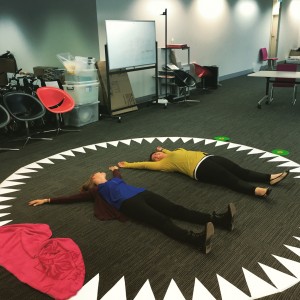
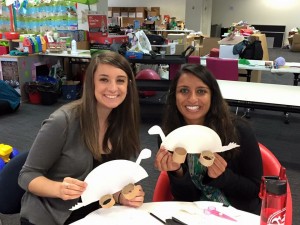
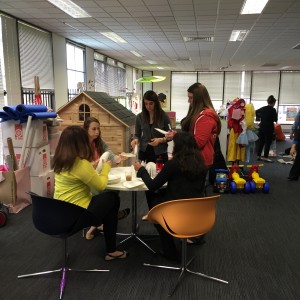
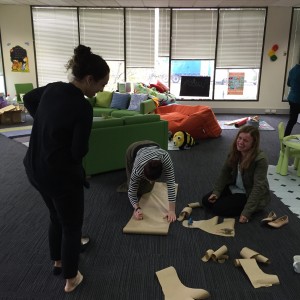
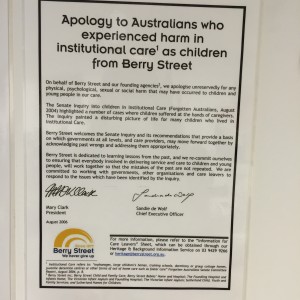
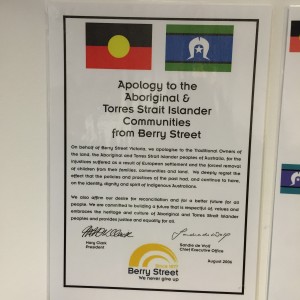
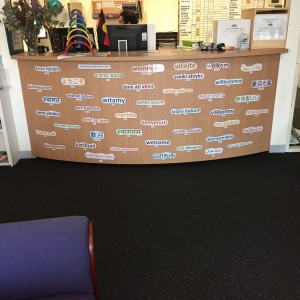
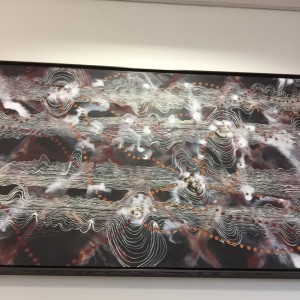


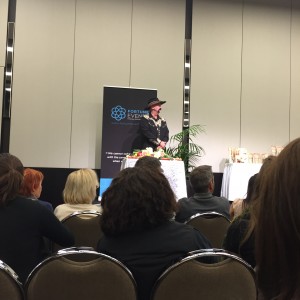
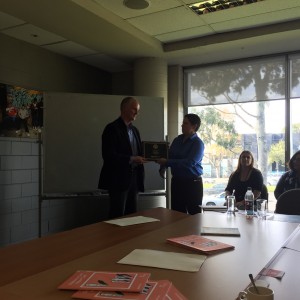
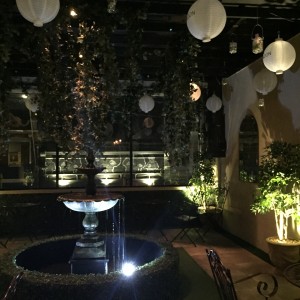
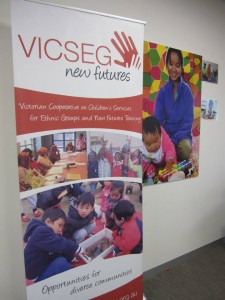 At VICSEG, they recognize the struggles and the hardships that refugees and immigrants face when coming to a new country. They may struggle with not only the language, but also cultural norms and even simple things such as how to purchase items at the grocery store. In class, many of us have learned of the hardships in theory, but to solidify our understanding VICSEG played us a video following the refugee stories of two families on their way to Australia. One family coming from a dirty refugee camp in Burma was use to not having electricity and struggling for food. The other family was coming from Africa to reunite with their eleven-year-old daughter, Lily, who was separated from them as an infant during war. None of us, including some of the workers, guessed how this video would make us feel inside. Until this point, too, we had not realized how diverse our own group of fourteen was as well- we have two students with Italian heritage, a student with parents from India, one student from Vietnam, a student with a Lebanese father and Parisa’s father is from Iran. The video hit Parisa close to home because it reminded her of her Papa and him moving to the United States alone in the 1970s during the Iranian Revolution. He moved to America without a firm understanding of the language and also experienced several bouts racism. Though we all became very emotional, there was a great silver lining: the families on the screen and our families had all shown enormous amounts of resilience.
At VICSEG, they recognize the struggles and the hardships that refugees and immigrants face when coming to a new country. They may struggle with not only the language, but also cultural norms and even simple things such as how to purchase items at the grocery store. In class, many of us have learned of the hardships in theory, but to solidify our understanding VICSEG played us a video following the refugee stories of two families on their way to Australia. One family coming from a dirty refugee camp in Burma was use to not having electricity and struggling for food. The other family was coming from Africa to reunite with their eleven-year-old daughter, Lily, who was separated from them as an infant during war. None of us, including some of the workers, guessed how this video would make us feel inside. Until this point, too, we had not realized how diverse our own group of fourteen was as well- we have two students with Italian heritage, a student with parents from India, one student from Vietnam, a student with a Lebanese father and Parisa’s father is from Iran. The video hit Parisa close to home because it reminded her of her Papa and him moving to the United States alone in the 1970s during the Iranian Revolution. He moved to America without a firm understanding of the language and also experienced several bouts racism. Though we all became very emotional, there was a great silver lining: the families on the screen and our families had all shown enormous amounts of resilience.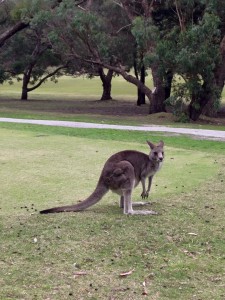


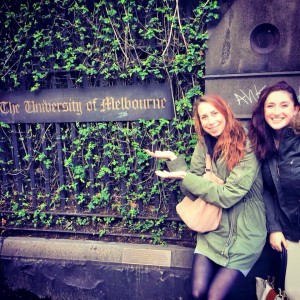
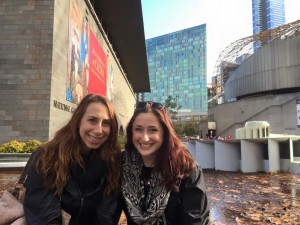
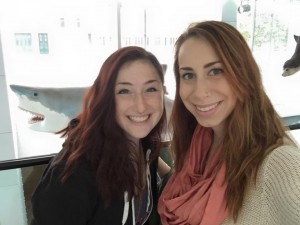
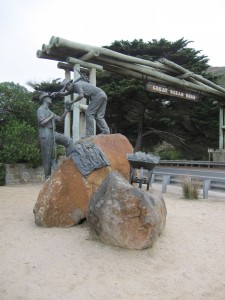 believe it would have been for the returning soldiers as well. Breathing in the fresh air that one can only find in the countryside was also rejuvenating, and I hope that this, along with the incredible scenery and the satisfaction of completing a hard day’s work would have helped the soldiers move on with their lives after World War I.
believe it would have been for the returning soldiers as well. Breathing in the fresh air that one can only find in the countryside was also rejuvenating, and I hope that this, along with the incredible scenery and the satisfaction of completing a hard day’s work would have helped the soldiers move on with their lives after World War I.
